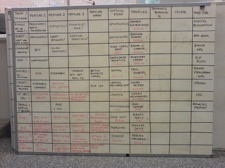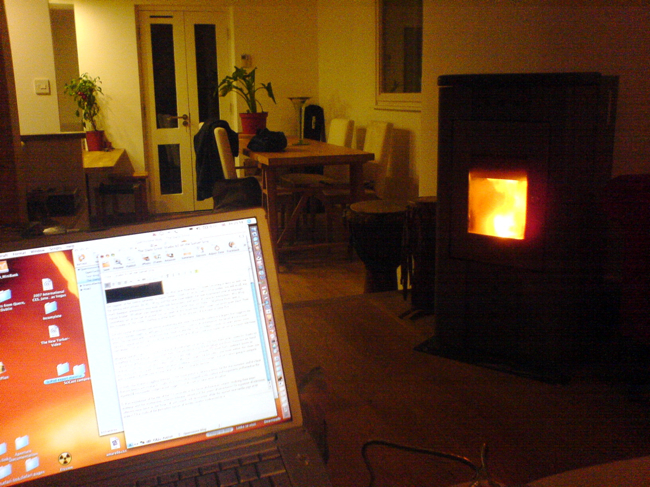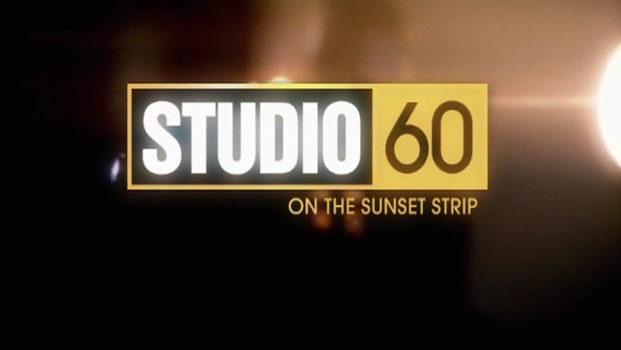Season 3 of the new Battlestar Galactica is going out in the US, and I’m starting to catch up with it. I wasn’t that impressed by the last series, which suffered more from dodgy script editing and poor pacing than anything else. Minor? Perhaps, but bad enough that I found it a frustrating watch.
So far, however, season 3 is incendiary. To recap, for those not watching – the humans, driven from their homeworlds by the dastardly (but strangely religious) robotic Cylons, have holed up on a planet. Where, natch, they’ve been invaded by the toasters. Again. Durr. So far, so sci-fi cliché.
But then the story gets… er… rather close to the bone. The humans, see, are running an insurgency against their occupiers. Who are detaining them without trial, and with ‘soft’ tortures (sleep cycle deprivation, that sort of thing); and recruiting a police force of collaborators, in the misplaced belief that native police might be able to get more done than their own troops. The Cylons, you see, aren’t necessarily evil – they simply have a radically different perspective on how the world should be.
The humans, meanwhile, are fearful for the survival of their way of life. With limited resources, no real sense of hope, and facing overwhelming odds; angered by and fearful of the random night-time arrests, and furious at the indignity of incarceration without charge or trial; they’re turning to suicide bombings.
Is any of this ringing any bells?
It’s been said before that the new Galactica is a suitably sandboxed narrative within which America can evaluate and ponder its place in the world. A place where the discussion isn’t obscured by real-world confusion and labels such as ‘Muslim’ or ‘Imperialist’ or ‘terrorist.’ While in general I enthusiastically support the rôle of science fiction in providing such sandboxes, Galactica hadn’t entirely convinced me so far. The discussion was too crass, too minimal – both too oblique and too stark, all at once. It felt like the entertainment equivalent of everything Europeans disdain about Americans’ predilection for recreational psychiatry.
This season, however, the producers and writers have turned the dial up to eleven. The result is a startling ‘what if?’ It’s not holding a mirror to the world we know, it’s taking the issues and foibles and disputes, jumbling them up, and challenging us to identify with the resulting characters. Challenging because right and wrong are increasingly hard to distinguish; the Cylons are no longer homogenous ‘bad guys,’ but thoughtful, concerned, even sympathetic, while the humans are bruised, smarting, and lashing out. In one way or another, human and Cylon alike are all monsters. As, I suppose, are we.
The result is brutal, frightening, uncompromising. It’s surprisingly hard to watch, not – this time – because of any production deficiencies, but because it’s discomforting in the same sort of way as documentaries about deprived inner cities, or famines. Or occupations.
In turn, the success of the series has to challenge our own lazy assumptions about America’s apparent myopia. I credit television audiences with more intelligence than to think they’re not seeing the parallels, which rather begs the question – what are they thinking?



